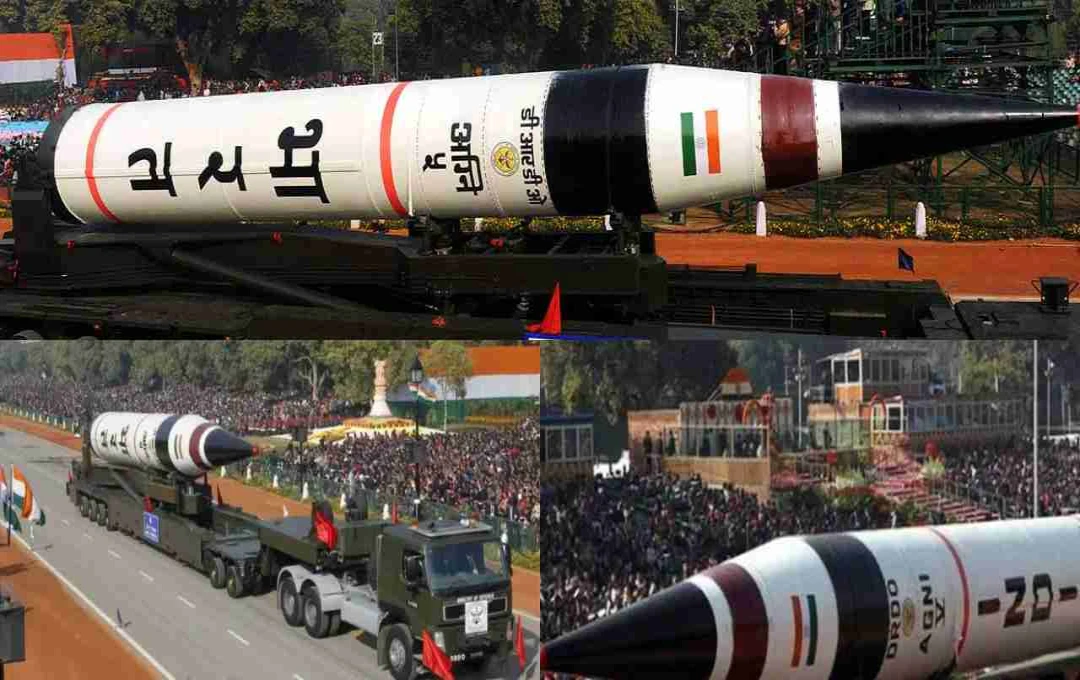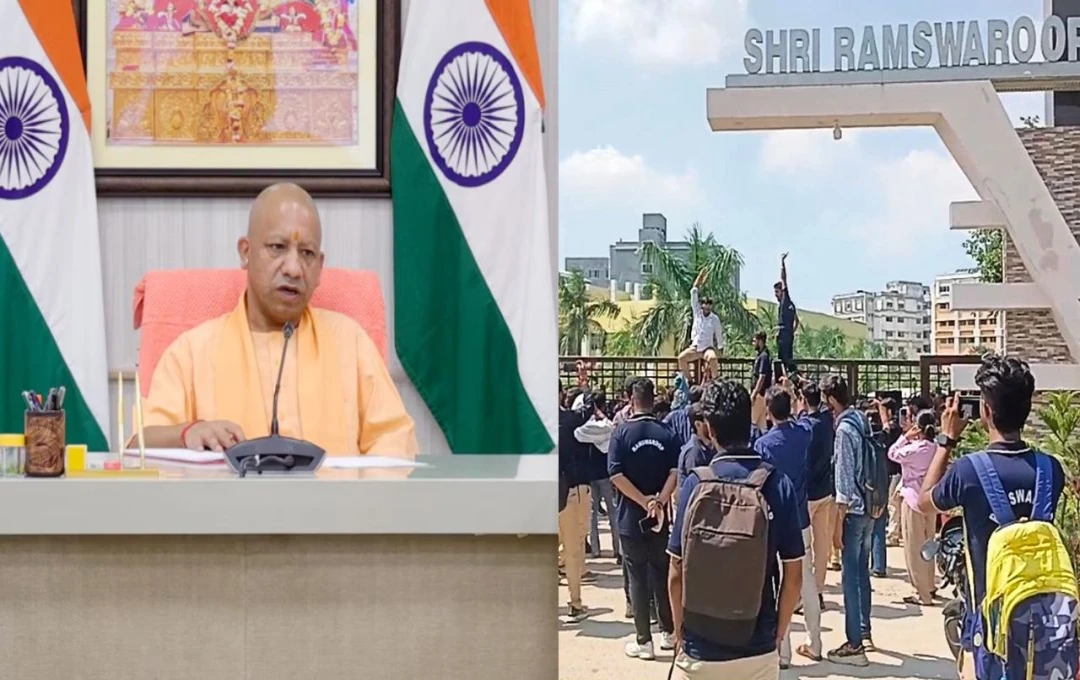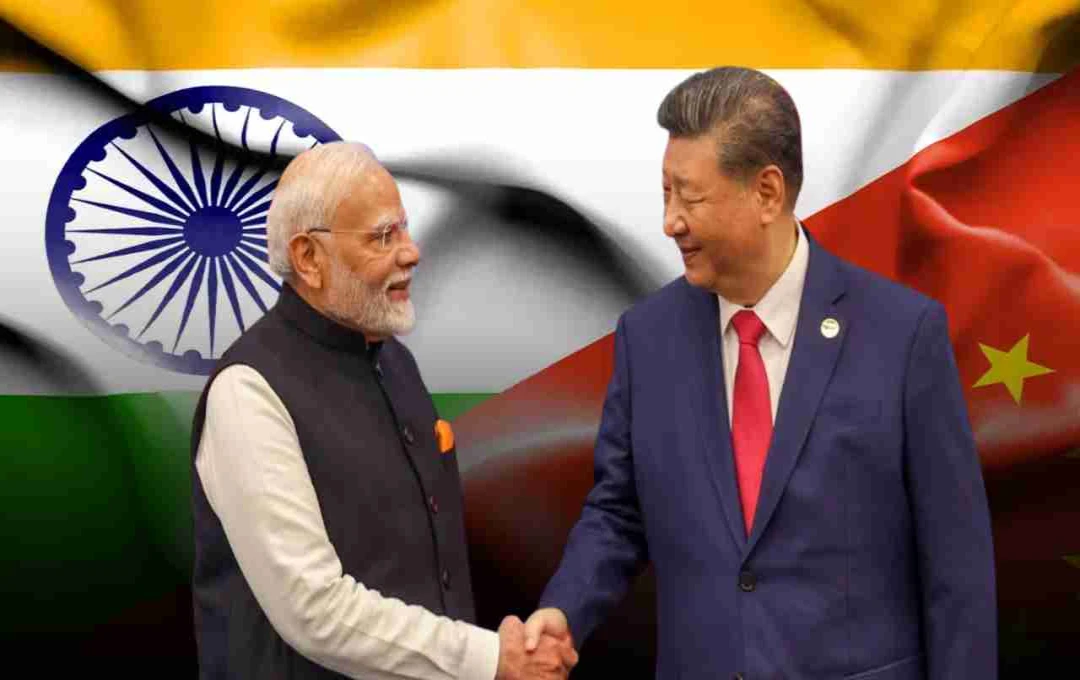India is developing a new conventional variant of the Agni-V missile, capable of carrying a 7.5-ton warhead. It will be equipped with airburst and bunker-buster weapons, enabling precision strikes against deep enemy installations.
India Developing Missile: India is developing a new conventional (non-nuclear) variant of the Agni-V missile. This missile will be equipped with a heavy 7.5-ton warhead and will have a range between 2000 and 2500 kilometers. It will feature both airburst and bunker-buster warheads. This missile will be capable of conventionally targeting strategic installations in Pakistan and China. Its accuracy, lethality, and regional impact will further strengthen India's security posture.
Why India is Developing a New Conventional Variant
Until now, Agni-V has been India's Intercontinental Ballistic Missile (ICBM), capable of carrying nuclear weapons. However, India is now developing a non-nuclear version. This step is considered crucial in enhancing India's conventional military strength. It will provide India with the capability to deliver a decisive response in limited war scenarios without resorting to nuclear options.
Key Features of the Missile
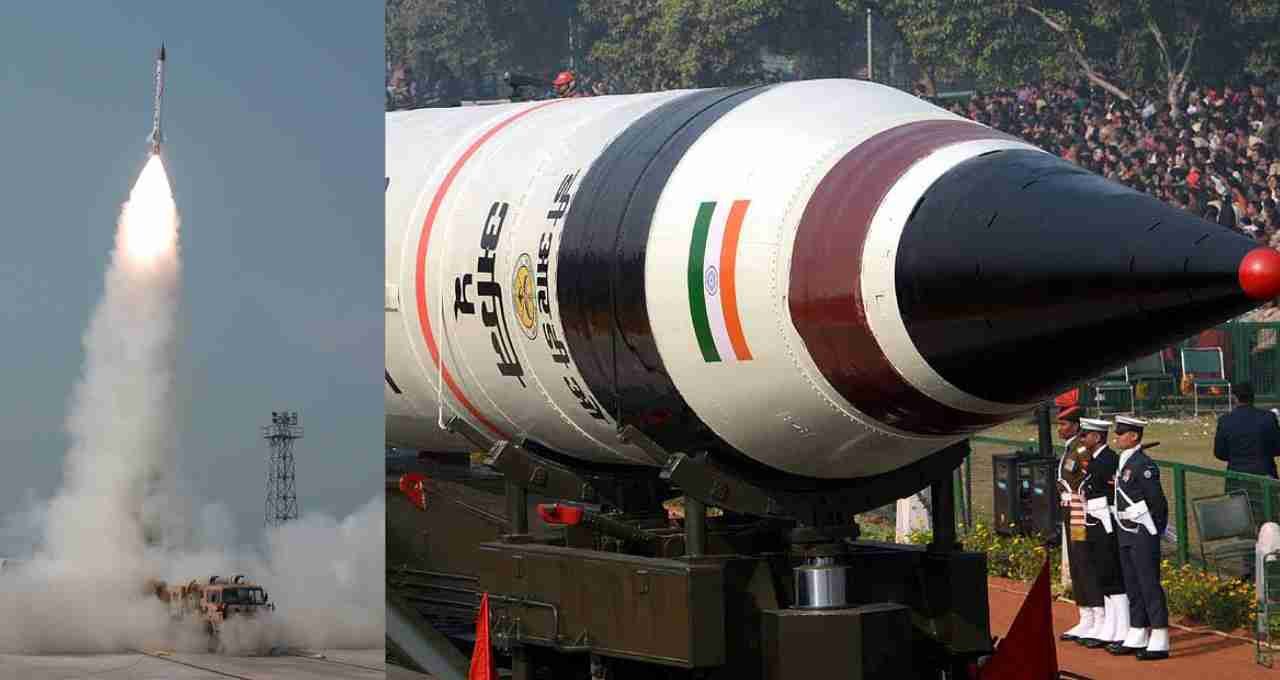
1. Heavy Warhead
The new variant will be equipped with a 7.5-ton conventional warhead. This is three times heavier than the US GBU-57 bunker buster. While this heavy payload will limit its range, its impact will be substantial.
2. Two Types of Warheads
- Airburst Warhead: This warhead detonates in the air, devastating military installations, airbases, and radar stations over a wide area. It can disrupt enemy military operations in a single strike.
- Bunker Buster Warhead: This can destroy underground installations 80 to 100 meters deep. It will be particularly effective in targeting enemy command centers, missile depots, and nuclear weapon storage.
3. Limited but Strategic Range
The range of this new variant will be 2000 to 2500 kilometers. The heavy warhead limits the range, but it is sufficient to cover most strategic locations in Pakistan and several in China.
4. Launch System and Accuracy
This missile will be canister-based, allowing for launch anytime, anywhere, and in any weather. It will incorporate a ring laser gyroscope and a Navic/GPS-based navigation system, enabling it to hit targets with an accuracy of less than 10 meters.
5. Technological Advancements
This version of Agni-V will utilize lightweight composite materials. This will reduce the missile's weight and increase its speed. Its speed will be Mach 24 (approximately 29,400 km/h), making it one of the fastest missiles in the world.
Development Status
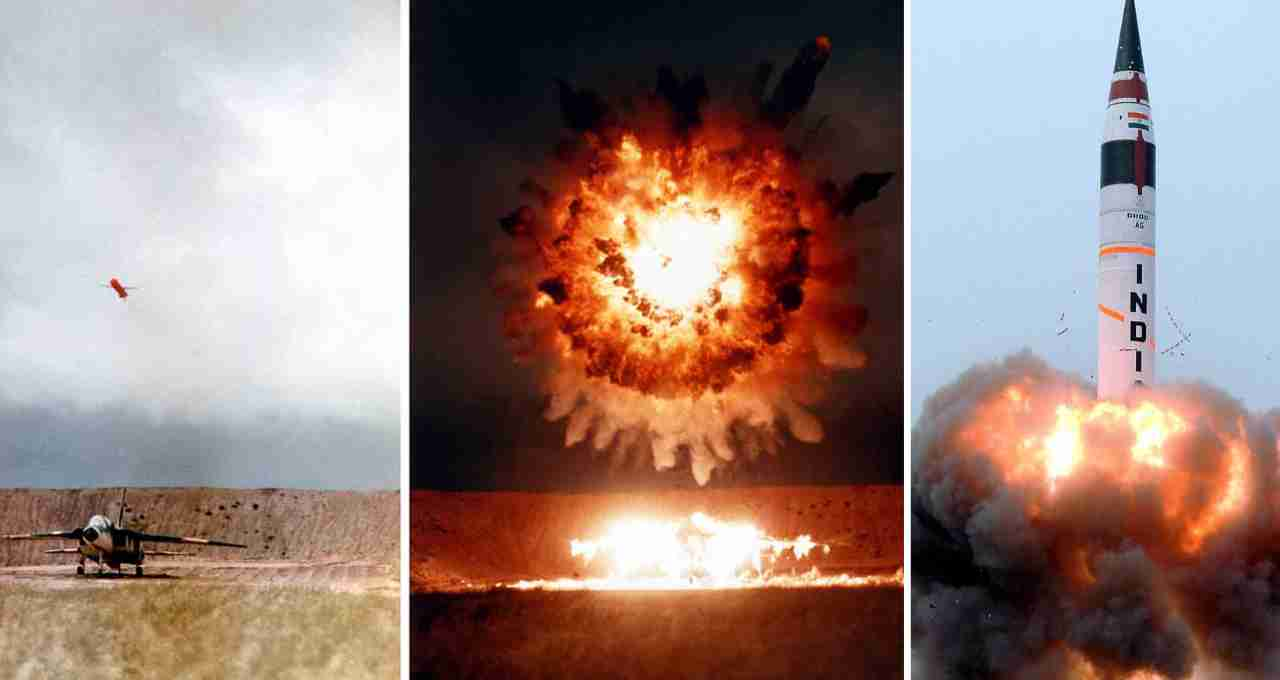
The missile is currently in the initial design and engineering phases. DRDO has commenced work, but its first test is pending. The Mission Divyastram successfully tested MIRV technology, which could be incorporated into this conventional variant.
Impact on Pakistan
1. Sites like Kirana Hills at Risk
This missile can destroy underground nuclear installations in Pakistan, such as Kirana Hills. The bunker-buster warhead can compromise these protective bunkers.
2. Capacity to Neutralize Airbases
The airburst warhead can target Pakistani military airbases like Peshawar, Islamabad, and Karachi. This could inflict significant damage on the enemy air force.
3. Strategic Pressure
This capability will exert strategic pressure on Pakistan. It will strengthen India's no-first-use policy while enhancing its deterrent capabilities.
Impact on China
1. Limited but Sufficient Range
While this missile's range won't reach eastern Chinese cities like Beijing or Shanghai, it can easily target Chinese installations in Tibet, Yunnan, and Xinjiang.
2. Strategic Advantage near LAC
This missile can effectively destroy Chinese command centers, missile depots, or bunkers near the LAC, providing India with a strategic advantage.
3. China's Response
China already considers Agni-V an 8000 km range missile. This conventional variant will make China take India's strength more seriously, potentially escalating the arms race in the region.
Regional and Global Impact
1. Impact on Neighboring Countries
India's close neighbors like Bangladesh, Sri Lanka, and the Maldives fall within the missile's range, but India maintains friendly relations with them. Therefore, this missile will strengthen regional leadership, not intimidation.
2. Reach to the Middle East
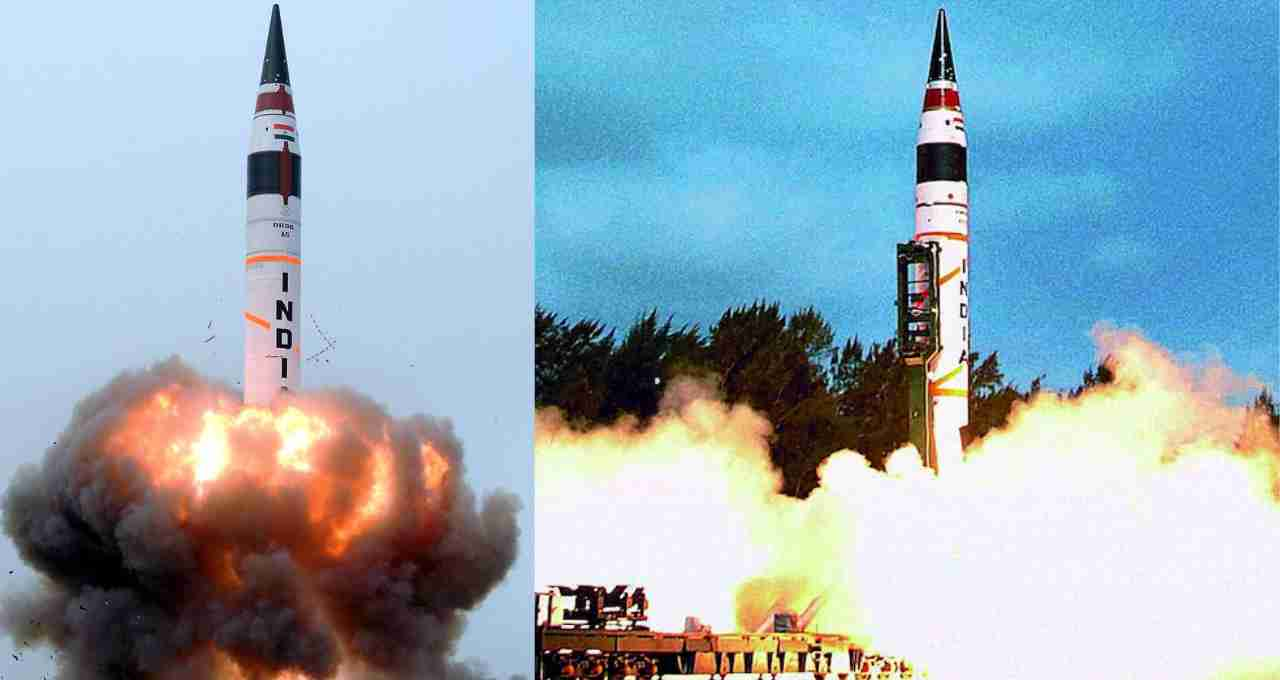
The 2500 km range brings India closer to countries like Iran and Saudi Arabia. However, India's policy has always focused on defense and stability; its purpose is purely defensive.
3. Impact in the Indian Ocean
This missile will establish India as a ber power in the Indian Ocean region. This will aid in maintaining maritime security and regional balance.
Significance from Technical and Strategic Perspectives
1. Strengthening Conventional Deterrence - This is the first time India is preparing Agni-V with conventional weapons. This will give India the capability to destroy large targets without a nuclear strike.
2. Accuracy and Effectiveness - Accuracy of less than 10 meters enables it to silently and swiftly destroy crucial enemy installations. Both airburst and bunker buster versions provide India with strategic flexibility.
3. Complementing the Nuclear Triad - This missile will balance and complement India's land, sea, and air-based nuclear capabilities. This will strengthen India's overall defense strategy.
Future Challenges and Plans
1. Design and Testing Challenges
Balancing and making the missile effective with such a heavy payload is a technological challenge. DRDO will have to make changes to the rocket motor, materials, and control systems.
2. Cost and Time
Approximately ₹2500 crore has already been spent on the development of Agni-V. Further funding will be required for this new variant. Its testing and deployment may take several years.
3. Diplomatic Balance
India has always kept its missile policy defensive. However, this new step could trigger an arms race with China and Pakistan. India will have to clearly articulate its policy and intentions on international forums.
